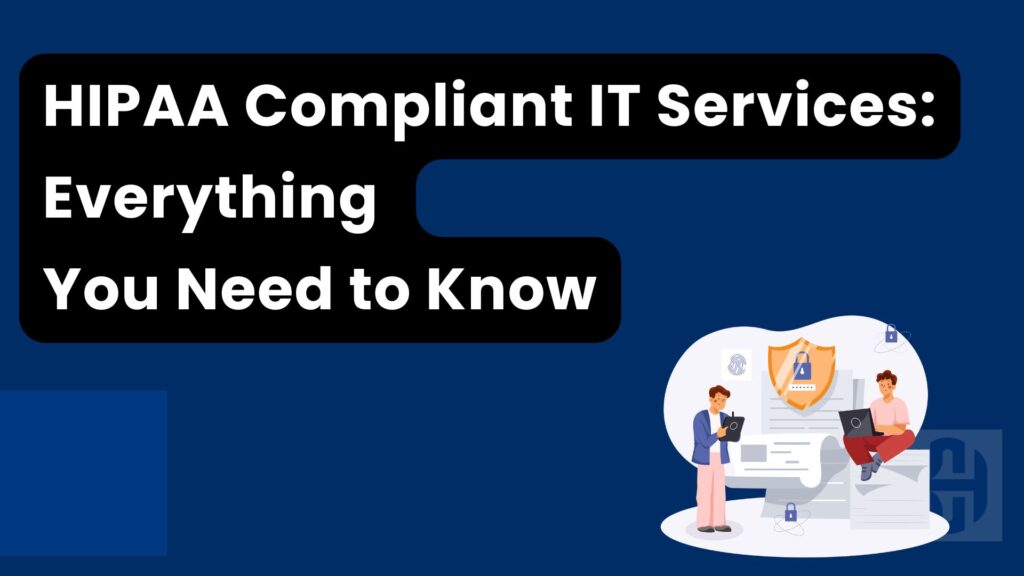Introduction
Ensuring compliance with the Health Insurance Portability and Accountability Act (HIPAA) is essential for any organization that handles protected health information (PHI). A comprehensive HIPAA compliance checklist helps organizations adhere to the stringent requirements set forth by HIPAA regulations, safeguarding sensitive patient information. This article provides an in-depth HIPAA compliance checklist, covering administrative, physical, and technical safeguards, and offering best practices for maintaining compliance.
Administrative Safeguards
1. Risk Analysis and Management
- Conduct Regular Risk Assessments: Regularly assess potential risks to PHI and implement appropriate measures to mitigate these risks.
- Develop Risk Management Plans: Create and maintain a risk management plan that addresses identified risks and outlines strategies to manage them.
2. Workforce Training and Management
- Provide HIPAA Training: Ensure all employees receive training on HIPAA regulations and best practices for handling PHI.
- Document Training Activities: Keep detailed records of all training sessions, including attendance and training materials used.
3. Contingency Planning
- Develop Contingency Plans: Create comprehensive contingency plans to address emergencies that could impact the security of PHI.
- Test and Update Plans: Regularly test and update contingency plans to ensure they are effective and up-to-date.
4. Security Incident Procedures
- Establish Incident Response Procedures: Develop procedures for responding to security incidents, including data breaches.
- Document and Report Incidents: Maintain detailed records of all security incidents and report breaches as required by HIPAA.
5. Business Associate Agreements
- Identify Business Associates: Identify all business associates and ensure they sign a Business Associate Agreement (BAA) that outlines their responsibilities for protecting PHI.
- Review and Update BAAs: Regularly review and update BAAs to ensure ongoing compliance with HIPAA regulations.
Physical Safeguards
1. Facility Access Controls
- Implement Access Controls: Establish physical access controls to secure facilities where PHI is stored or processed.
- Monitor Access: Use surveillance systems and access logs to monitor and document physical access to facilities.
2. Workstation Use and Security
- Establish Workstation Policies: Develop policies for the proper use and security of workstations that access PHI.
- Secure Workstations: Implement measures to physically secure workstations and prevent unauthorized access.
3. Device and Media Controls
- Manage Electronic Devices: Implement policies for the use, movement, and disposal of electronic devices that store or access PHI.
- Secure Media Storage: Ensure that media containing PHI is securely stored and properly disposed of when no longer needed.
Technical Safeguards
1. Access Controls
- Implement Access Controls: Use unique user IDs, strong passwords, and multi-factor authentication to control access to systems containing PHI.
- Regularly Review Access Rights: Periodically review and update access rights to ensure that only authorized personnel have access to PHI.
2. Audit Controls
- Enable Audit Logs: Implement audit logging to track access and activities related to PHI.
- Review Audit Logs: Regularly review audit logs to detect and respond to unauthorized access or activities.
3. Integrity Controls
- Ensure Data Integrity: Implement measures to protect PHI from improper alteration or destruction.
- Use Encryption: Use encryption to protect PHI both in transit and at rest.
4. Transmission Security
- Secure Data Transmission: Implement secure methods for transmitting PHI, such as encrypted email and secure file transfer protocols.
- Monitor Transmission Security: Regularly monitor the security of data transmissions to detect and address potential vulnerabilities.
Best Practices for Maintaining HIPAA Compliance
1. Develop and Update Policies and Procedures
- Create Comprehensive Policies: Develop detailed policies and procedures that align with HIPAA requirements.
- Regularly Review and Update: Regularly review and update policies and procedures to reflect changes in regulations and organizational practices.
2. Conduct Regular Audits and Assessments
- Internal Audits: Conduct internal audits to identify potential compliance issues and address them promptly.
- External Audits: Consider engaging third-party auditors to conduct external assessments of your HIPAA compliance.
3. Implement Strong Security Measures
- Use Advanced Security Technologies: Implement advanced security technologies, such as firewalls, intrusion detection systems, and anti-malware software.
- Regularly Update Security Measures: Regularly update and patch systems to protect against new threats.
4. Foster a Culture of Compliance
- Promote Compliance Awareness: Encourage a culture of compliance by promoting awareness of HIPAA regulations and the importance of protecting PHI.
- Provide Ongoing Training: Offer ongoing training and education to ensure that all employees understand their roles in maintaining compliance.
5. Engage Legal and Compliance Experts
- Consult with Experts: Engage legal and compliance experts to ensure that your organization’s practices align with HIPAA requirements.
- Stay Informed on Regulatory Changes: Stay informed about changes to HIPAA regulations and adjust your practices accordingly.
Using Technology to Enhance HIPAA Compliance
1. Electronic Health Records (EHRs)
- Implement Compliant EHR Systems: Use EHR systems that comply with HIPAA requirements to manage patient information securely.
- Regularly Update EHR Systems: Keep EHR systems updated to ensure they incorporate the latest security features.
2. Secure Communication Tools
- Use Encrypted Communication: Implement secure communication tools, such as encrypted email and messaging, to protect PHI during transmission.
- Regularly Review Communication Security: Regularly review and update communication tools to ensure they remain secure.
3. Automated Compliance Solutions
- Leverage Automation: Use automated compliance solutions to streamline the management of HIPAA compliance tasks.
- Track and Report Compliance: Implement tools that provide real-time tracking and reporting of compliance activities.
Conclusion
Maintaining HIPAA compliance is essential for protecting patient privacy, enhancing data security, and avoiding legal and financial penalties. A comprehensive HIPAA compliance checklist helps organizations adhere to the stringent requirements set forth by HIPAA regulations. By following the checklist outlined in this article, organizations can ensure they implement the necessary administrative, physical, and technical safeguards to protect PHI. Engaging HIPAA Certify, fostering a culture of compliance, and leveraging technology are critical components of a robust HIPAA compliance program.





